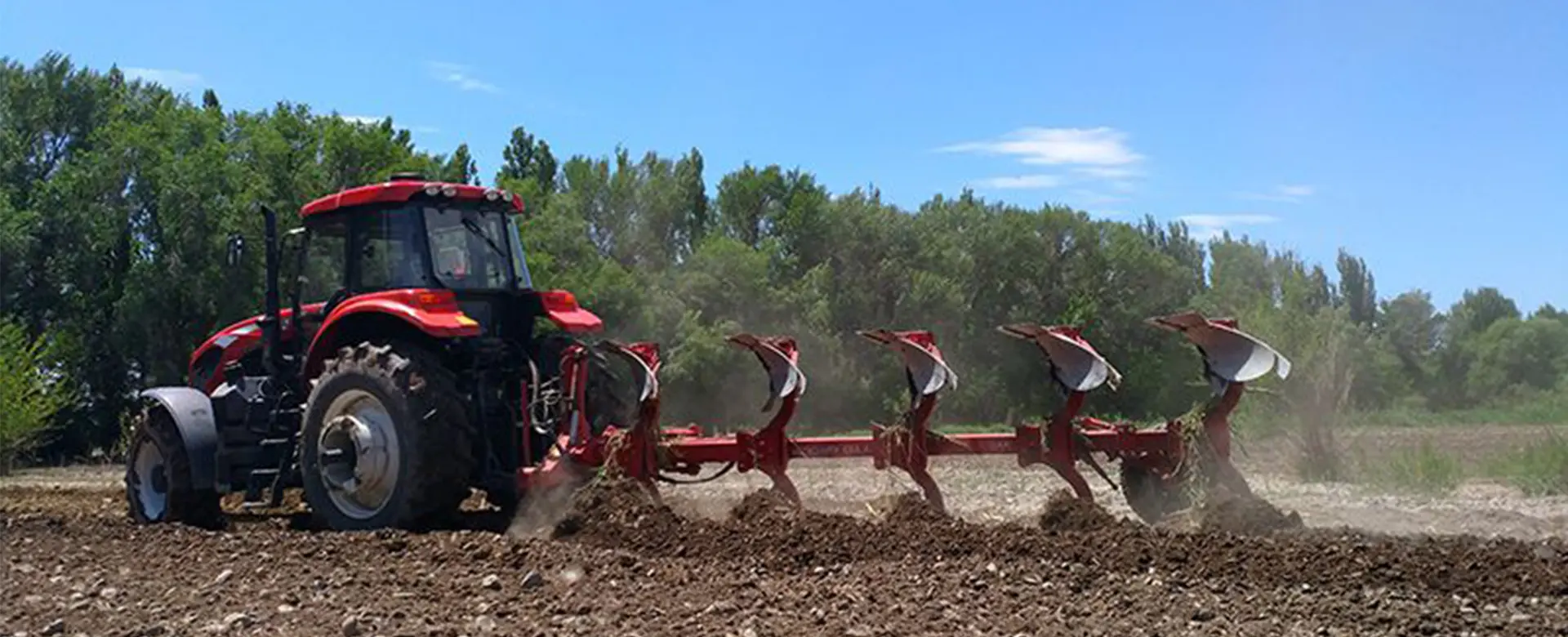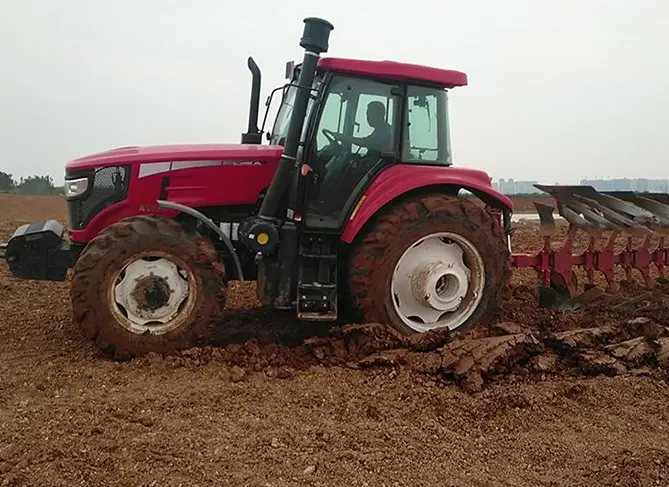
Combine harvesters are essential for harvesting grains such as wheat, barley, and corn. These machines are designed to perform multiple functions in one pass, including cutting the crop, separating the grain from the straw, and cleaning the grain. Modern combine harvesters are highly efficient, with large cutting widths and powerful threshing mechanisms.
Many combine harvesters are equipped with yield monitoring systems. These systems use sensors to measure the amount of grain being harvested and its moisture content. The data is geo - tagged and recorded, creating a yield map of the field. By analyzing the yield map, farmers can identify areas of the field that have higher or lower yields. This information can be used to understand the factors that contribute to yield variability, such as soil fertility, drainage, or pest pressure.
Electric tractors are powered by batteries and electric motors, eliminating tailpipe emissions. This is a significant advantage as traditional diesel-powered tractors are a major source of air pollutants such as particulate matter, nitrogen oxides, and carbon monoxide.
Hybrid tractors combine an internal combustion engine (usually diesel) with an electric motor. This combination allows the tractor to take advantage of the high -torque output of the electric motor during tasks that require quick acceleration or high-power bursts, such as starting from a standstill or pulling heavy loads.

